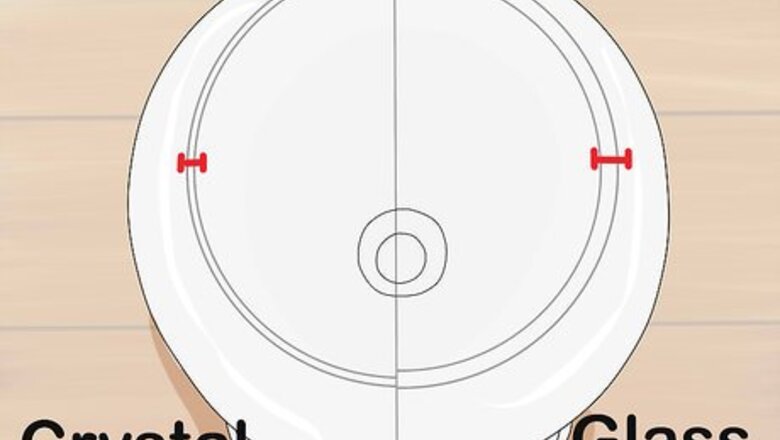
views
Visually Examining the Object
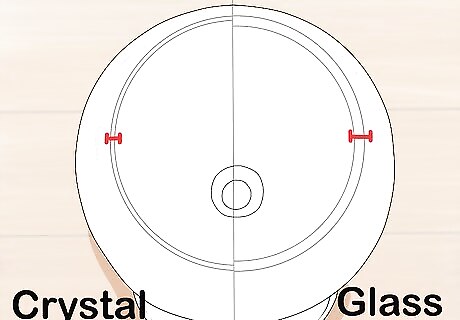
Look at the object’s thickness. Crystal is sculpted over a longer time period at lower temperature than glass. Because of this, the lead inside the crystal can be shaped into thinner, more intricate designs. Hold a glass object next to a crystal one and compare the thickness of the material. On a crystal wine glass, for instance, look for a thinner rim with less of a lip.
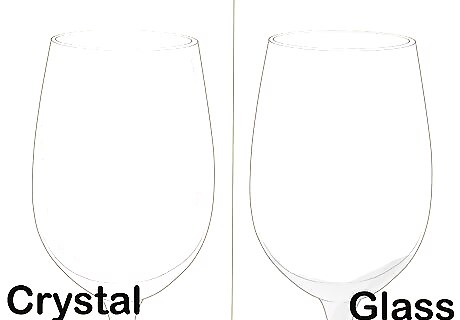
Test the clarity of the object. Take a liquid and pour it into the object or hold the object up and look through it. Regular glass is cloudier than crystal. Crystal with a higher lead content provides a clearer view of anything inside or behind it. For example, a normal drinking glass will make a liquid inside it appear cloudy. Crystal glasses, on the other hand, provide a greater view of the liquid.
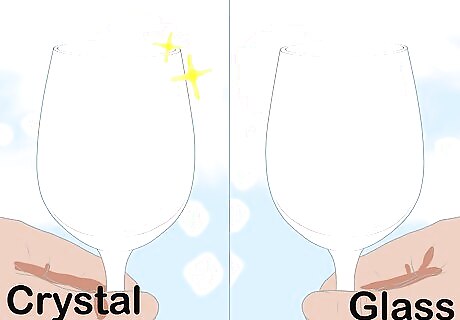
Hold the object up to the light. When you hold glass up to the light, nothing happens. Fine crystal, which has a high lead count, will sparkle. Other crystal acts as a prism, causing you to see a rainbow when looking through it.
Testing by Touch and Sound

Check the object’s weight. Because crystal is often made with lead, it feels heavier than glass. Pick up the object and you should notice it feels solid and with some heft. Pick up a glass object of a comparable size. Most likely, it will feel light. Lead-free crystal feels lighter and more durable but still shines when held up to the light.
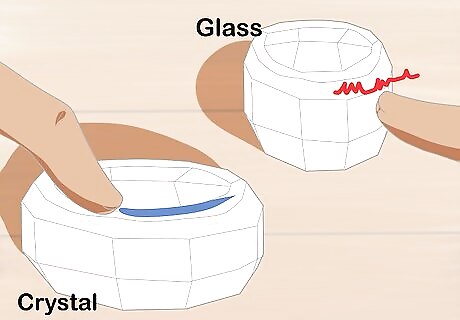
Feel the object for sharpness. Due to the sculpting process, crystal has a smooth, rounded feel. Touch any decorative facets you find. Also run your hand along the object’s surface. Glass feels more brittle, even though crystal is more fragile. The cut on the glass may also feel sharper.
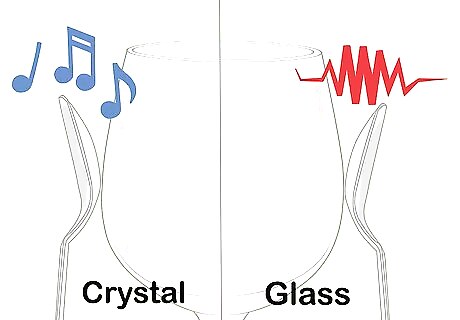
Strike the object to test its sound. Flick the object with your finger or tap it against something solid. If it is crystal, it will ring. If it is glass, it will produce a thud. Wet your finger and rub it around the object’s rim, if possible. Crystal will produce a musical tone, but glass won’t.
















Comments
0 comment